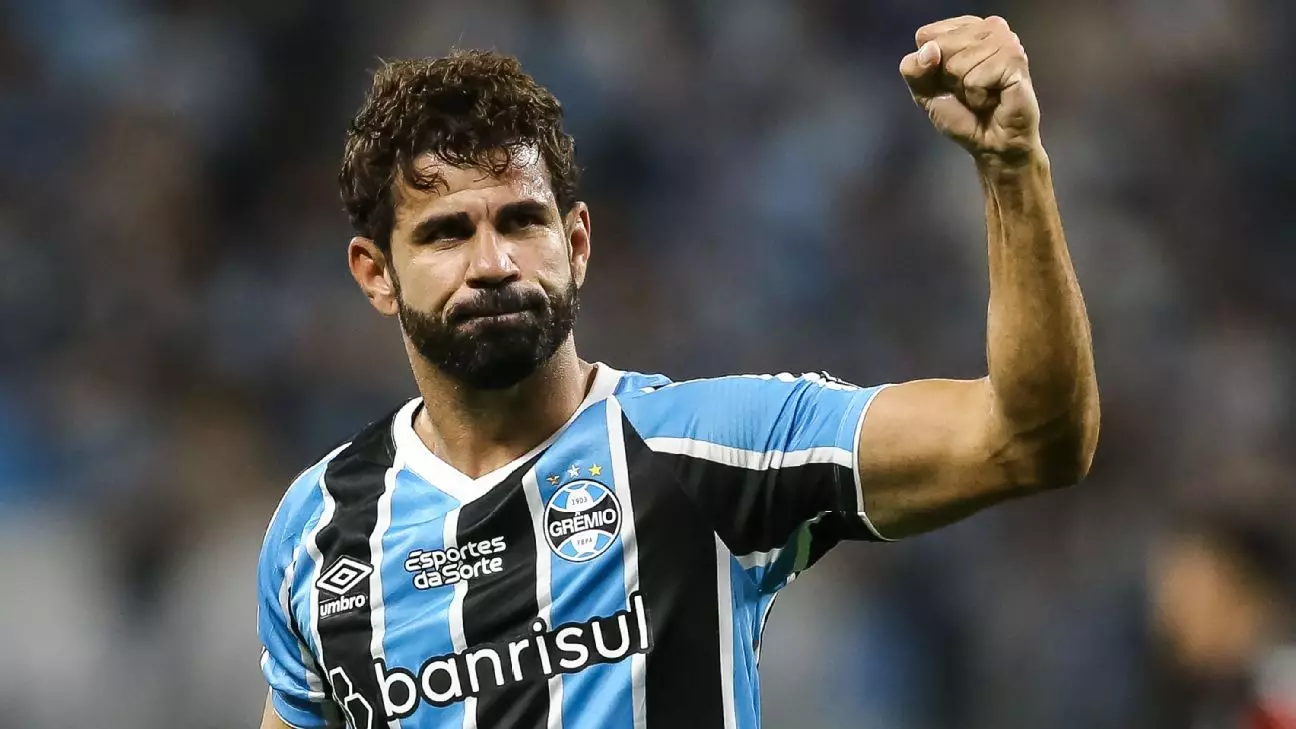In the high-stakes environment of professional football, the ability of a team to adapt and thrive in the face of adversity can spell the difference between a triumphant season and one fraught with disappointment. As Arsenal finds itself in one of the most challenging phases of their 2025 campaign, a series of unfortunate events and questionable decisions have left the club grappling with a significant striker crisis. The echoes of a successful warm-weather training camp in Dubai are now distant as injuries and tactical miscalculations loom heavily over the North London side’s aspirations.
The unfortunate news surrounding Kai Havertz, the club’s lone fit central striker, being sidelined with a torn hamstring has plunged Arsenal into an uncomfortable predicament. Typically, a strategic warm-weather trip can provide a welcome boost and revitalization; however, this season’s approach has proven counterproductive. As Havertz recuperates, manager Mikel Arteta is left with a gaping hole in his attacking formation. The decision not to secure additional striker depth during the winter transfer window appears particularly shortsighted in hindsight and adds to the growing pressure on the manager and the squad.
Without a robust option to fill the void left by Havertz — and with a rapidly fading title dream — Arsenal’s attacking strategies are in disarray. The team’s previous cohesion and attacking verve seem to have vanished, highlighting the delicate balance required to maintain competitive performance levels amidst injuries.
With the pressing requirement for a central striker, Arsenal’s pursuits in the free-agent market present a rather uninspiring array of possibilities. As they evaluate potential candidates to replace Havertz, the options available evoke skepticism rather than excitement.
One name that has resurfaced in discussions is Carlos Vela, who etched his name into Arsenal folklore during his stint from 2005-2012. Nonetheless, at 35 years old and years removed from premier football, Vela’s return — while romantic in theory — seems impractical at best. The demands of the Premier League, compounded by the fact that Vela has primarily been competing in the MLS, raise serious doubts about his capacity to contribute effectively in a central role.
Further complicating matters is Diego Costa’s candidacy. Having significantly waned in form and fitness since his departure from Chelsea, Costa’s recent exploits in Brazil underline his struggles to adapt to the rigors of top-flight football at 36. His signing might create an interesting narrative given his past battles with Arsenal, but ultimately, it offers little in terms of addressing the club’s immediate needs on the pitch.
Facing such discouraging external options, Arsenal may need to turn their gaze inward, focusing on their academy to fill the gap left by Havertz. However, this route is fraught with uncertainty, as it involves entrusting less experienced players with crucial game-time responsibilities.
Nathan Butler-Oyedeji and Khayon Edwards are two academy prospects currently on the manager’s radar. Both players, while talented, have yet to find the back of the net during their recent loan spells — an alarming statistic that raises questions about their readiness to step up for the first team. That said, youth players often possess an unrestrained hunger and energy that can sometimes lead to unexpectedly impactful performances. However, this approach might be too much to ask of young talent in the heat of a title race.
As Arsenal navigates the tenuous waters of their current predicament, one fundamental takeaway emerges: the importance of proactive strategic decision-making. Historical trends in football indicate that teams performing poorly during injury crises without adequate depth often see their title challenges severely undermined. Against the backdrop of Mikel Arteta’s ambitious vision for the club, the fallout from failing to strengthen the squad during critical periods becomes ever more pronounced.
Currently, Arsenal stands at a crossroads, faced with the reminder that while talent and tactical prowess are paramount, the unpredictability of injuries can dismantle the fabric of a season. If they wish to salvage their remaining campaign, Arsenal must turn their plight into an opportunity for resilience, embracing both their experienced and young players to mitigate the fallout from their self-imposed limitations. Whether through astute tactical adjustments or forging unity in adversity, Arsenal must strive to maintain relevance in the title race, lest they risk falling further behind in their aspirations.

Leave a Reply